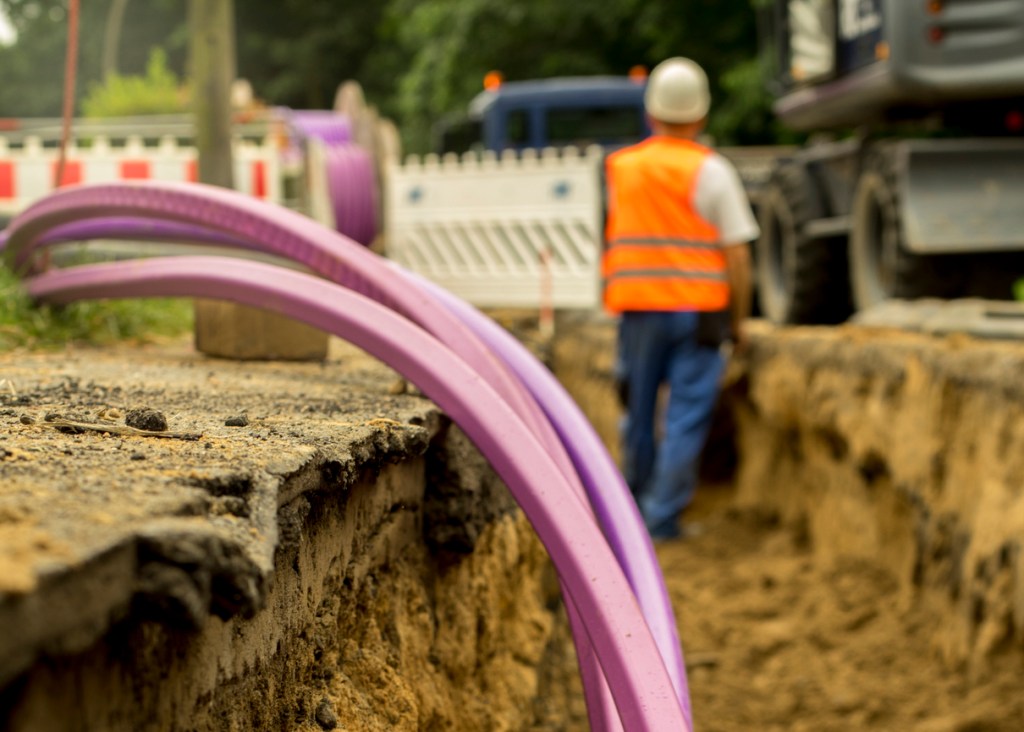
The cost of living is only getting higher year on year, with projections stating it’s only going to grow.
With the rise of streaming services, working from home and always online services, good internet has no longer become a luxury, but a necessity.
However, in comparison to the rest of the world, Australia still has a ways to go in offering solid internet services as consumers are paying more for services and plans that remain unchanged.
Over the last few years, plenty of service providers have taken the adoption of different types of technologies, and are building their own networks, separate to the NBN, with rollout expanding across the country.

Although new broadband networks aren’t entirely new to Australia, the new technologies these networks have been using have helped reach upload and download speeds of up to one gigabit per second (or 1000 Mbps!). This is over ten times faster than the average internet connection in the country, making it absolutely amazing for streaming shows, playing your favourite online games or even work.
These alternatives to NBN have only just started rolling out and have yet to reach certain areas. Depending on your suburb or city, one coverage might be better for you than another not just for performance, but price as well.
Broadband plans are also constantly updating, with higher speeds and data caps going for cheaper. Selecting a plan and not checking on it often can end up losing you money, and better-optimised internet performance in the long run.
What’s the controversy behind NBN?
NBN has always been a controversial topic in Australia, as former Prime Minister Malcolm Turnbull substituted the original plan of fibre optic cables for copper NBN, meaning a significantly worse performance.
The most popular plan for broadband NBN in Australia is 50 Mbps, although, more popular service providers offer plans that can go much higher.
However, due to things like high traffic times, latency issues and data caps, your internet’s performance may not always run smoothly.
This can be especially tough, with working or studying from home becoming a (thankful) mainstay in culture, needing stable internet to meet those deadlines and maintain your connection during video calls is a must.
Streaming has also become our main way of engaging with entertainment, with tons of services for games, TV and music requiring consumers to always maintain an internet connection.
Alternative broadband can offer faster maximum speeds than NBN plans offered by traditional service providers, hitting that 1000 Mbps threshold and can deliver consistent and reliable speeds up to 10 times faster than the average NBN connection alongside having unlimited data.
Some broadband providers, such as Gigacomm, are separate from NBN, meaning they manage their own prices and operate their own network using the latest fibre and wireless technology.
This means that their speeds are often some of the best you can find on the market.
While prices can be competitive, unfortunately, their coverage is mainly limited to high-density areas, especially within Sydney and Melbourne.
Depending on your broadband network plan, such as Gigacomm’s entry plan for $79 a month, you can have a consistent 200 Mbps per second download and 50 Mbps upload speeds.
If multiple devices are connected to your NBN at the same time and are using up the bandwidth – your internet speeds can reduce significantly.
If you’ve ever wondered why a webpage suddenly takes ages to load, your Netflix starts being interrupted or your screen freezes on an uncomfortable shot of your face, this might be why.
As someone who personally works from home often, and games as a hobby, download speeds like that are desirable as this allows me to quickly download plenty of files for work while sending over heaps as well. This also allows me plenty of stability when on video calls for meetings.
Plus for gaming, as file sizes for games continue to balloon, being able to sit down and download a new game that you’ve bought, beforehand you might have to set the game to download the night before so you can play the next day.

So what internet is right for me?
If you’re unsure how much speed you actually need, you can test your current speed and decide if you need more, or if you’re actually paying too much for what your household requires.
With the cost of living crisis as well slowly crashing down on us, balancing affordability with performance for broadband plans is a growing stressor for consumers.
Plenty of Australians have been making the switch over to different broadband plans from NBN for this reason.
These can be limited to specific metro areas, however. So if you are in an area that doesn’t have the best reception or coverage from independent networks, NBN might be a more stable and convenient option as of right now.

If you’re looking for a good, affordable option right now, Gigacomm is offering $20 off for the first six months and no installation costs if you connect to their broadband network.
That means $59 per month for 6 months on their 200/50 Mbps plan, which is around $20 less than the common NBN plan of 50/20 Mbps and 4 times faster for downloads. If you’re keen to connect, you can find a detailed map of where their services are available here for Sydney and Melbourne.
How to know what internet is best for you depends on your location and need for high-speed internet.
If you live in a high-density area with multiple devices streaming and downloading, a non-NBN service provider network would be an incredible investment, especially with things like working from home and video conferencing, gaming online or accessing cloud services; fast speeds are a game changer.
This article has been updated since it was first published.

Leave a Reply
You must be logged in to post a comment.